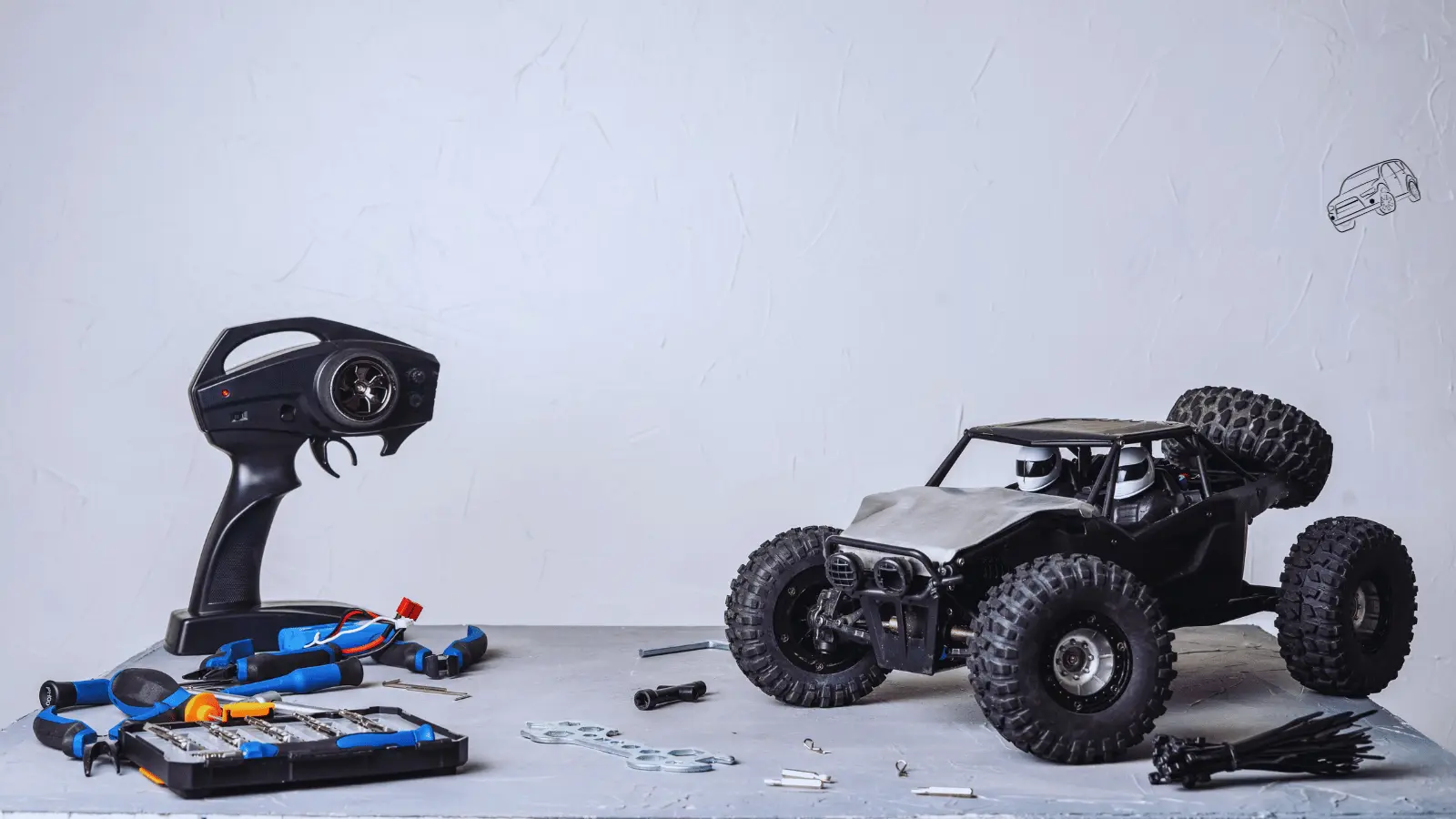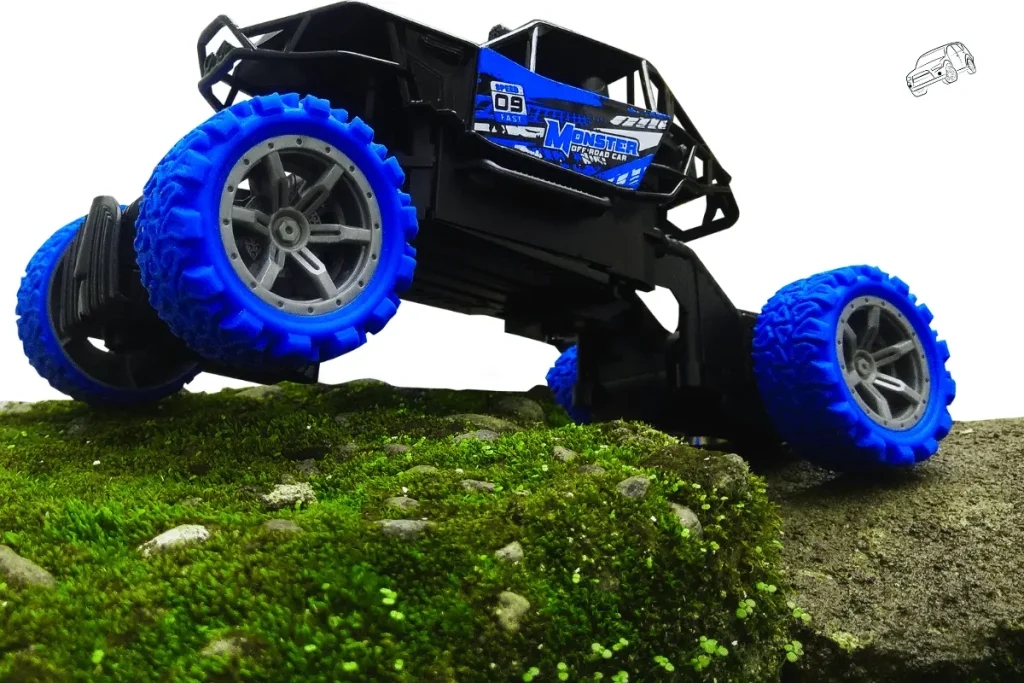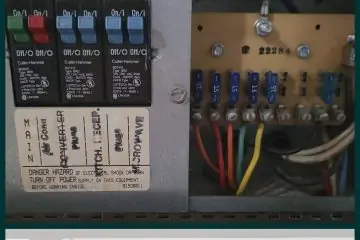This article from the Automotivean website discusses about How to Charge a RC Car Battery.
In the thrilling world of remote-controlled (RC) cars, ensuring your vehicle is powered by a properly charged battery is essential for optimal performance and longevity. Proper RC car battery charging not only enhances your driving experience but also safeguards the lifespan of your precious RC car. This article delves into the intricacies of charging RC car batteries, from understanding the different types of batteries to advanced techniques that can elevate your RC car’s performance.
Understanding RC Car Batteries
RC cars commonly use three types of batteries: Nickel Cadmium (Ni-Cd), Nickel Metal Hydride (Ni-MH), and Lithium-ion (Li-ion) batteries. Each type has its unique properties and requires specific care and maintenance routines to ensure longevity and performance.
Ni-Cd batteries known for their durability and ability to deliver consistent power output. Ni-MH batteries offer a higher energy density than Ni-Cd, providing longer run times. On the other hand, Li-ion batteries are lightweight, high-performance batteries that offer high energy density and longer life cycles.
Proper maintenance is crucial for maximizing performance and longevity regardless of the battery type. Regularly checking for signs of wear, ensuring proper storage conditions, and following manufacturer recommendations can significantly impact the lifespan of your RC car battery.
How to Charge a RC Car Battery: Step-by-Step Guide
- Inspecting the Battery: Before charging, examine the battery for any physical damage, leaks, or swelling. If you notice any abnormalities, avoid charging the battery and seek professional advice.
- Choosing the Right Charger: Select a charger compatible with your RC car battery type and voltage specifications. Using the wrong charger can damage the battery or pose safety risks.
- Connecting the Charger: Connect the charger to a power source and plug in the battery connector. Ensure the polarity is correct to prevent damage to the battery or charger.
- Setting Charging Parameters: Set the charging parameters such as current and voltage, according to the manufacturer’s recommendations. Overcharging or undercharging the battery can reduce performance and lifespan.
- Monitoring the Charging Process: Monitor the charging progress and ensure that the battery does not overheat. Some chargers have safety features, like automatic shut-off, to prevent overcharging.
- Disconnecting and Storing: Once the battery fully charged, disconnect it from the charger and store it in a cool, dry place away from direct sunlight and extreme temperatures.
Best Practices for Charge a RC Car Battery
- Regular Charging Schedule: Establish a routine charging schedule based on your usage frequency to maintain battery health.
- Avoiding Overcharging: To prevent overcharging, do not leave the battery connected to the charger for extended periods after reaching full charge.
- Safe Lithium-ion Battery Handling: Lithium-ion batteries require special care to prevent overheating and damage. Follow manufacturer guidelines for safe handling and charging practices.
- Temperature Considerations: Charging batteries in extreme temperatures can affect performance and lifespan. Optimal charging temperatures range from 50°F to 80°F for most batteries.
- Storage Recommendations: When not in use, store batteries at around 50% charge in a cool, dry place. Avoid storing batteries fully charged or fully depleted for extended periods.
Advanced Techniques for Charge a RC Car Battery
Advanced techniques like fast charging and optimizing charging cycles can enhance performance and extend battery life. Fast charging options allow quicker turnaround times between races, while optimized charging cycles help maintain battery health over time.
Advanced chargers with regenerative braking and customizable charging profiles can provide more precise control over the charging process, ensuring your battery receives the optimal care it needs.
Safety Precautions- Charge a RC Car Battery
Safety should be the top priority when charging RC car batteries. Always follow manufacturer guidelines and safety precautions to prevent accidents or damage. Use fireproof charging bags, monitor charging progress, and never leave batteries unattended during charging.
Troubleshooting Common Charging Issues
If you encounter issues like slow charging, overheating, or decreased run time, try troubleshooting by checking the charger, battery connections, and charging parameters. Consult the manufacturer’s manual or seek professional help if problems persist.
Last Word about Charge a RC Car Battery
Optimizing battery performance in radio-controlled cars is not just about charging; it’s about adopting a holistic approach to care and maintenance. Following the steps outlined in this guide, you can ensure your RC car battery remains in peak condition, delivering maximum performance and longevity. Remember, safe and efficient charging practices are the key to unlocking your RC car’s full potential.
FAQs About Charge a RC Car Battery
How do I know when my RC car battery is fully charged?
One of the most common ways to determine if your RC car battery is fully charged is to monitor the charging process using the charger’s indicators. Many modern chargers display a flashing light or change in color to indicate when the battery is fully charged. Additionally, some chargers beep or emit a sound once the charging cycle is complete. It is crucial to refer to the manufacturer’s instructions for specific guidance on identifying a fully charged battery for your particular charger model.
How long does an RC car battery have to charge for?
The duration of charging an RC car battery varies depending on the battery capacity, charger specifications, and the current battery charge level. On average, a standard Ni-MH battery with a capacity of 3000mAh may take around 1-2 hours to charge at a recommended charge rate fully. Lithium-ion batteries may take longer to charge due to their higher capacity and different charging requirements. It is essential to avoid overcharging, as prolonged charging beyond the battery’s total capacity can lead to decreased performance and reduced battery life.
How many amps should I charge my RC car battery?
The appropriate charging amperage for an RC car battery depends on the battery capacity and type. As a general guideline, charging Ni-MH batteries at a rate of 1C is recommended, where C represents the battery’s capacity in a few hours. For example, a 3000mAh battery should be charged at 3 amps (3000mAh = 3A). Lithium-ion batteries have specific charging requirements and should be charged according to the manufacturer’s recommendations to prevent overheating or damage. Always use a charger that matches the battery’s specifications to ensure safe and efficient charging.
How do you charge a toy car battery?
Charging a toy car battery is similar to charging an RC car battery. Inspect the battery for any damage or abnormalities before connecting it to a compatible charger. Choose a charger that matches the battery type and voltage specifications. Connect the charger to a power source, plug in the battery connector, and set the charging parameters per the manufacturer’s guidelines. Monitor the charging process, ensuring the battery does not overheat, and disconnect it once fully charged. Store the battery in a cool, dry place when not in use to maintain its health and performance.
When you doubt charging your RC car battery, always refer to the manufacturer’s instructions and guidelines to ensure safe and effective charging practices. Proper charging techniques not only enhance the performance of your RC car but also prolong the lifespan of your batteries, providing you with a more enjoyable and reliable driving experience.




